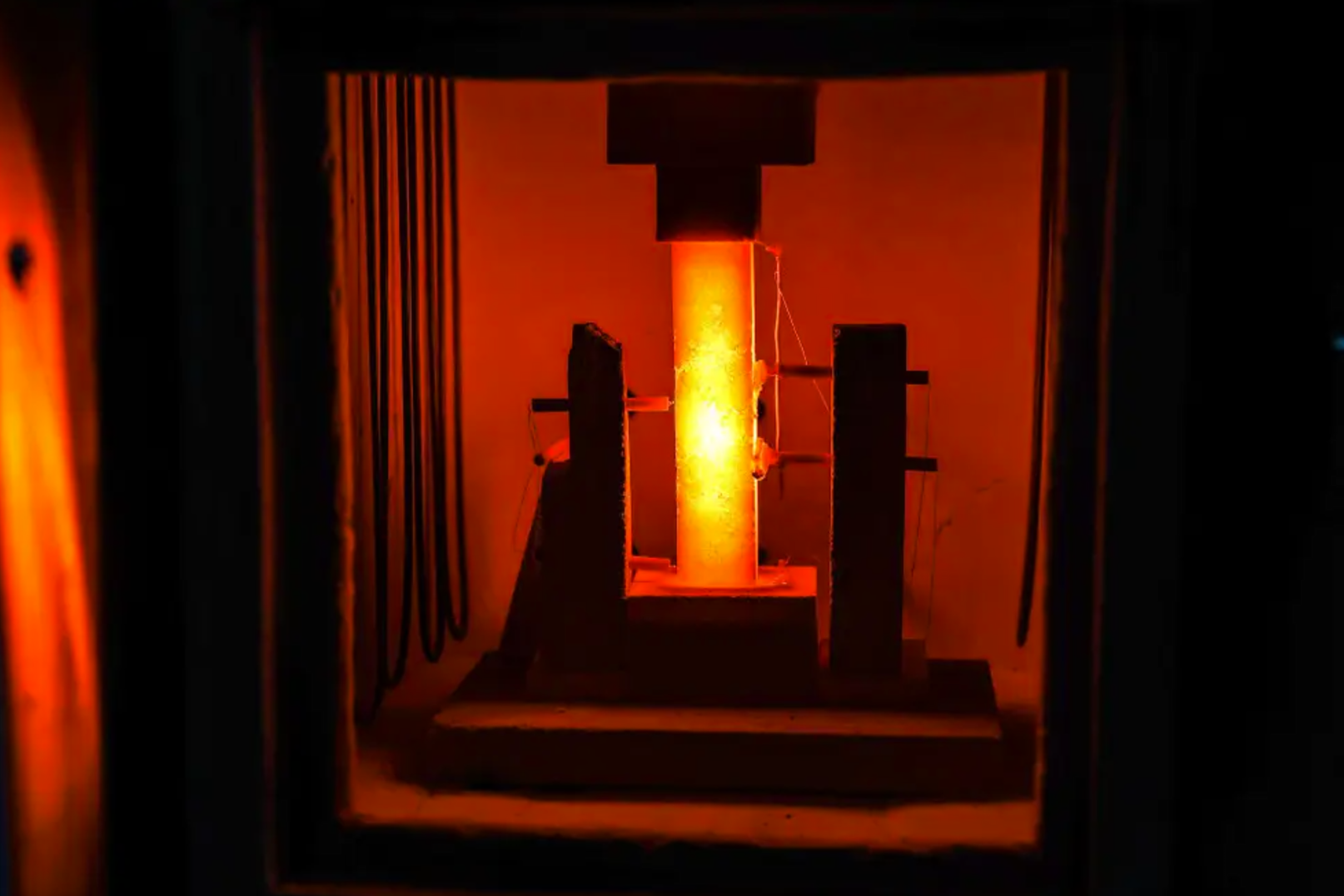Hot brick battery offers renewable breakthrough for world’s hardest-to-decarbonise industry
‘e-Brick’ can reach extremely high temperatures using clean electricity for the first time

Your support helps us to tell the story
From reproductive rights to climate change to Big Tech, The Independent is on the ground when the story is developing. Whether it's investigating the financials of Elon Musk's pro-Trump PAC or producing our latest documentary, 'The A Word', which shines a light on the American women fighting for reproductive rights, we know how important it is to parse out the facts from the messaging.
At such a critical moment in US history, we need reporters on the ground. Your donation allows us to keep sending journalists to speak to both sides of the story.
The Independent is trusted by Americans across the entire political spectrum. And unlike many other quality news outlets, we choose not to lock Americans out of our reporting and analysis with paywalls. We believe quality journalism should be available to everyone, paid for by those who can afford it.
Your support makes all the difference.Scientists have figured out how to electrify industrial heat for the first time by pioneering a new type of hot brick battery.
The Joule Hive Thermal Battery, or ‘e-Brick’, was developed by a team from Massachusetts Institute of Technology (MIT) who set out to introduce renewable energy to the world’s hardest-to-decarbonise industry.
The thermal battery can use clean electricity to reach temperatures up to 1800°C (3272°F) – the level of heat required in industrial manufacturing – which was previously only possible using fossil fuels.
“Compared to other electric heating, we can run hotter and last longer than any other solution on the market,” said Dr Daniel Stack, who began developing the hot brick battery at MIT’s Department of Nuclear Science and Engineering.
“That means replacing fossil fuels at a lot of industrial sites that couldn’t otherwise decarbonise.”
The firebricks can serve as a battery by storing heat efficiently for hours before discharging it to heat up air or gas for industrial processes.
The electrified thermal bricks can be produced inexpensively, according to Dr Stack, as they are 98 per cent similar to existing firebricks and can be manufactured using the same process.
The researchers have already formed a startup, Electrified Thermal Solutions, to commercialise the bricks, receiving $40 million of funding from the US Department of Energy to scale the technology.
The company describes its e-Brick as “the building block of industrial decarbonisation”, capable of bringing clean energy solutions to sectors including steel, cement, glass and chemicals.
Steel, cement and chemicals are the top three carbon emitting industries in the US, with Dr Stack seeing the thermal brick as the key to unlocking the clean energy transition for these areas.
“From the very beginning, we engineered these e-bricks to be rapidly scalable and rapidly producible within existing supply chains and manufacturing processes,” said Dr Stack.
“We’ll be using the commercial system to showcase a variety of operating points that customers need to see, and we’re hoping to be running systems on customer sites by the end of the year... If you want to decarbonize heavy industry, there will be no cheaper way than turning electricity into heat from zero-carbon electricity assets.”
Join our commenting forum
Join thought-provoking conversations, follow other Independent readers and see their replies
Comments